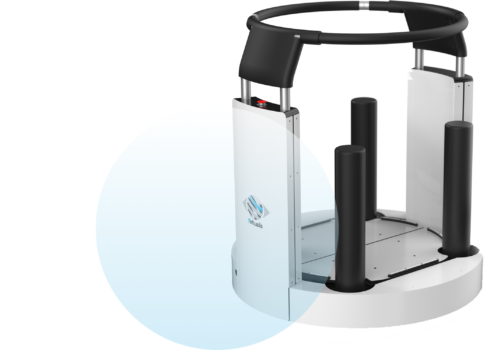Vestibular and Balance

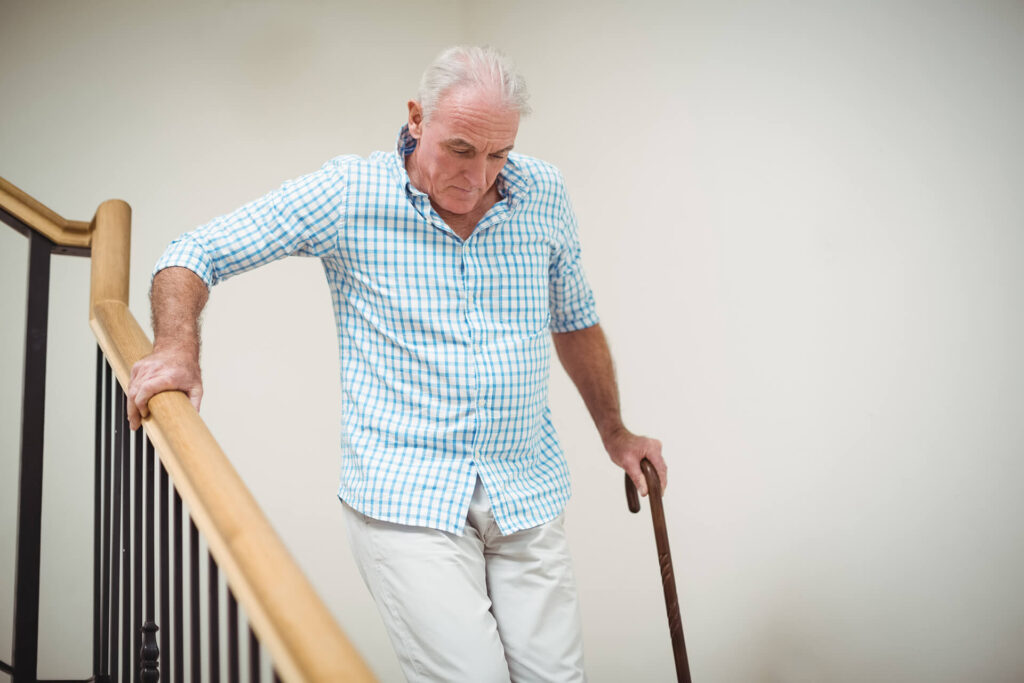
Virtual reality has become an essential tool in the assessment and treatment of vestibular disorders by offering a compact all-in-one tool for comprehensive patient management.
Virtual Reality is often seen as a way to take care of a patient through visual input. If the management of visual dependency seems obvious, VR, Virtual Reality, allows moreover, to stimulate the vestibular system (after a neuritis for example), by means of active head movements (Vestibulo-Ocular Reflex and Vestibulo-Spinal) by controlling speed and amplitude.
The field of application is very wide in the treatment of vestibular disorders:
- Visual Dependence
- PPPD (Persistent Postural Perceptual Dizziness)
- Vestibular asymmetry (Neuritis - DVU))
- Vestibular Neurotomy (Chemical or Surgical)
- Post-BPPV Rehabilitation
- Meniere's Syndrome
- Multifactorial instability
- Highway Syndrome
- "Vestibular Omission"
- Bilateral Vestibular Deficiency...
real tools to help the eri in assessment and treatment:
Virtualis' Virtual Reality (VR) solutions make it possible to simplify and speed up the creation of assessments, with the added benefit of automated reporting:[ VVS], [Cephalic Repositioning ] (proprioception of neck muscles), [Cervical Spine Joint Amplitudes], [AVD] (visual image stabilization during head movement), [Rod & Frame Test]...
The addition of the Dynamic Posturography and Rehabilitation Platform, MotionVR, allows the realization of the [SOT] and to quantify each sensory input governing balance (vestibular, visual, somatosensory).
Concerning the treatment of vestibular disorders, it is possible to carry out :
- Optokinetic simulations parameterizable in real time, without loss of immersion, either classical or ecological allowing the induction of a quasi-immediate vection (a paterne of random points or a landscape is more efficient than the grid of ordered points of the optokinetic ball).
- The Optical Flow module allows scrolling in the anterior-posterior plane (also rotatable in all directions).
- Vestibular stimulation with variable frequency and amplitude with the exercises [Head-Eye Coordination], [Target Tracking], [AVD VR].
- Crowd environment simulation with the exercise [FouleVR] to fight PPPD with supermarket, metro, pedestrian crossing, etc... environments.
- Complete rehabilitation of the cervical spine with the modules [Head-Eye Coordination], [Target Tracking], [ReflexVR].
- Complete work of balance with the Dynamic Posturography and Rehabilitation platform, MotionVR, (concordance or discordance of the plate with the image according to the objective)
And concretely, How's it going?
Let's take the example of a 35-year-old patient, after an episode of vestibular neuritis (unilateral deficiency) that occurred suddenly. She is referred for vestibular rehabilitation when she is discharged from hospital, on D+4.
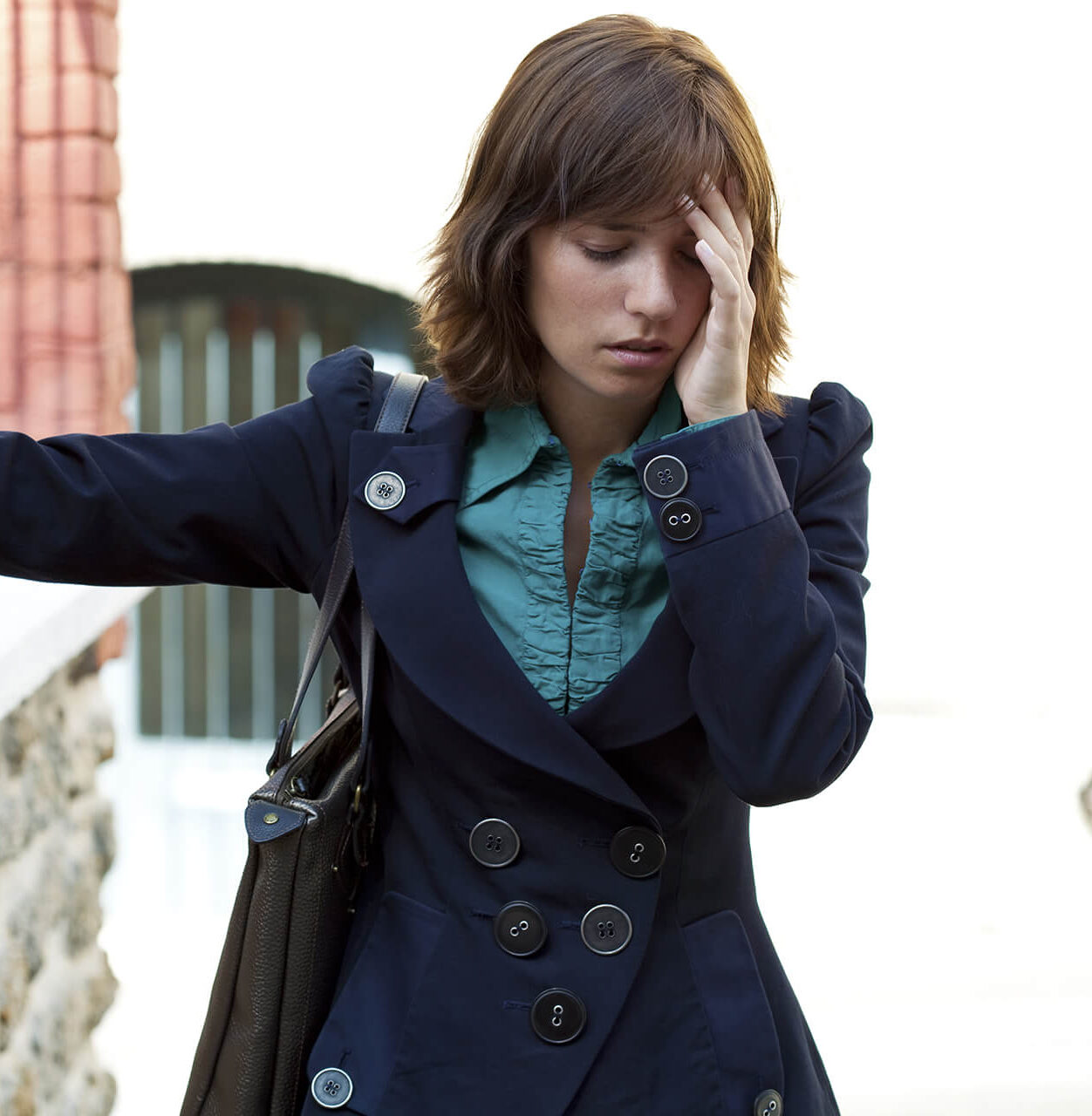
The protocol recommended for this type of pathology would be:
1First of all, the Physiotherapist carries out an assessment:
After an assessment under "classic" VideoNystagmoScopy, the therapist completes the evaluation with assessments performed in Virtual Reality such as :
- Dynamic Visual Acuity [DVA VR] to highlight the affected channel(s) (Vestibulo-Ocular Reflex - VOR) -
- Vertical Visual Subjective [VVS] to test Otolith function (or [Dynamic VVS])
- [Cephalic Repositioning Test] for the effect on the proprioception of the neck muscles (connected to the vestibular nuclei).
- [SOT] or [CTSIB VR] for postural assessment with the use of each sensory input (SOM - VIS - VEST - Visual DEP)
- Possibly rotary chair tests with the [VR Rotation] software for fixation, vection and ERI times.
- Finally, the assessment can be completed with the posturology platforms StaticVR or MotionVR by measuring the Limits of Stability with [LOS VR].
2 Then comes the Rehabilitation phase:
Most rehabilitation exercises can be performed in progression in a sitting position, then standing and finally on a foam block to target the VVR and then the Vestibulo-Spinal Reflex (VSLR).
- The treatment starts with software to stimulate the vestibular system in a progressive manner: [Head-Eye Coordination] in progress.
- Then, it is advisable to work by stimulating more specifically the RVO with the [AVD VR] module: the rehabilitation can be done passively and/or actively, by varying the speed and amplitude of the movement.
- The [VR Rotation] module can be used for computerized monitoring (rotation speed, direction, number of revolutions and timing) of rehabilitation in the rotating chair.
- The RVO and RVS are stimulated in a more functional and playful way with the exercise [Tracking Target] with special emphasis on the injured side, gradually increasing speed and amplitude.
- As for the specific work of the vestibular entrance at the postural level, it is carried out early thanks to the dynamic posturography and rehabilitation platform, Motion VR: work in YO then YF inclinations/impulses; postural control with the [Bird VR] and [Center of Pressure Pursuit] exercises; improvement of the Limits of Stability with the [Bee VR] module.
- At the end of rehabilitation, after checking the use of the sensory inputs with the [SOT] or [CTSIB VR] modules, it is often necessary to correct the visual dependency with the [Optokinetics ] and [Optical Flow] exercises.
Some of the exercises mentioned:
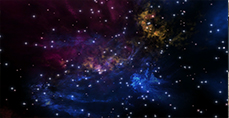
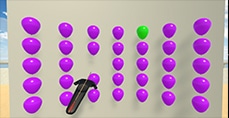
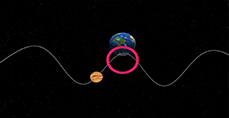


Go further with MotionVR :
The Dynamic Posturography and Rehabilitation platform, MotionVR, allows you to work by setting the amplitude and speed limits axis by axis for an earlier recovery of proprioception in complete safety, resulting in an overall saving of rehabilitation time. This work can be done for example with the exercises [SkiVR], [ BirdVR], [Platform Protocol ] and [Walk VR ] (walking in rough terrain).
